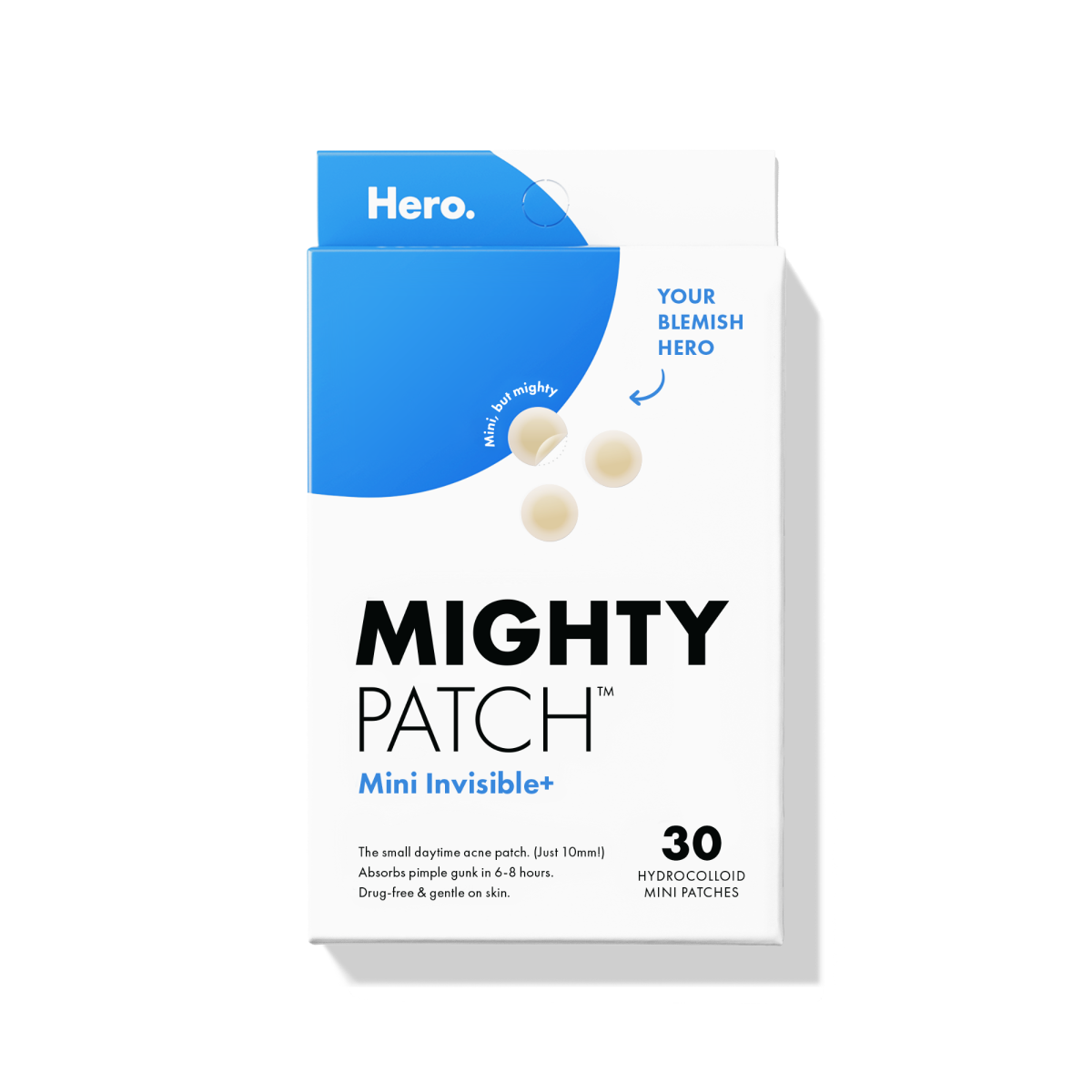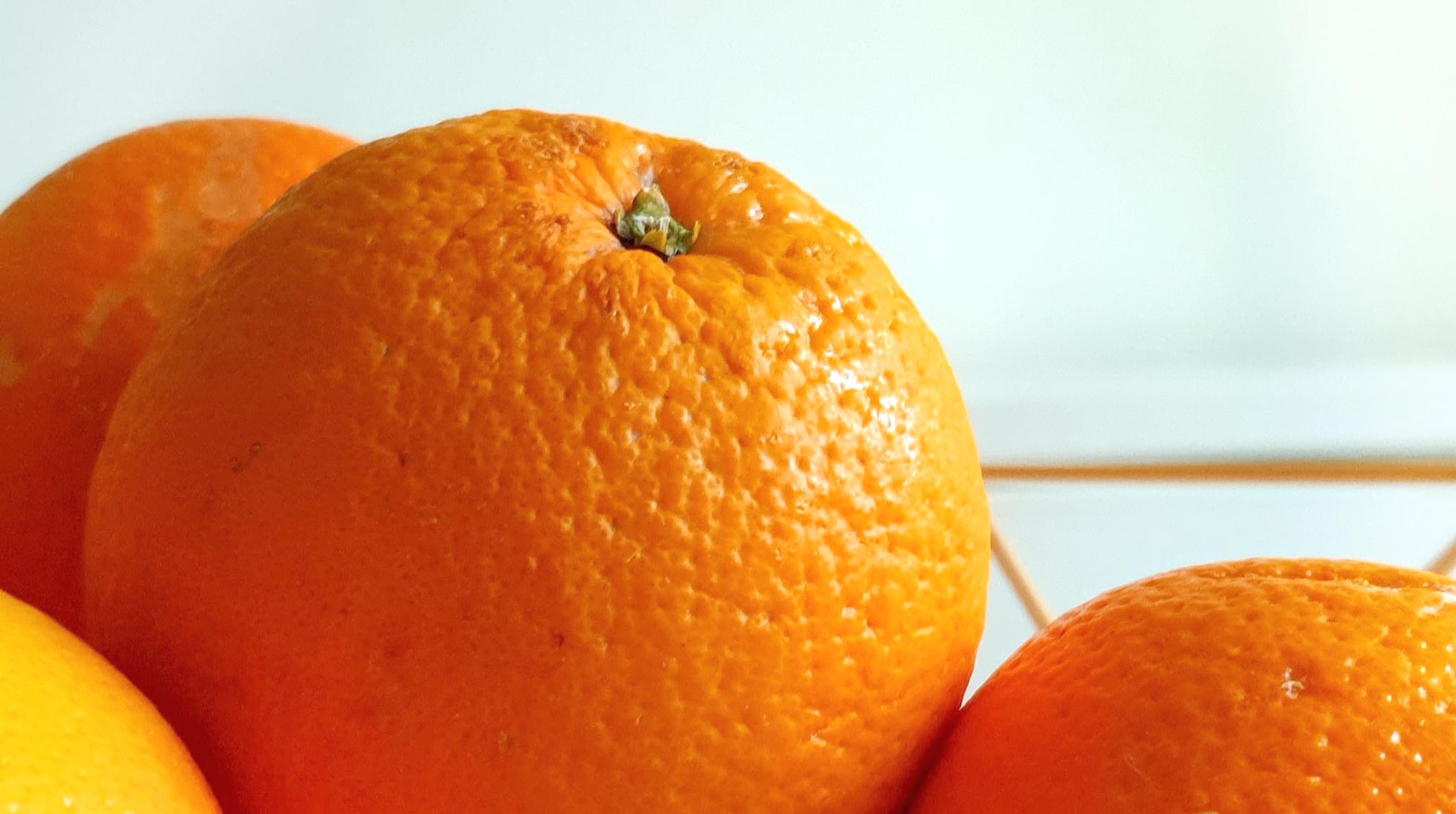
From reddit to the dermatologist’s office, pores – huge, clogged or otherwise – are one of the most common skin complaints. But despite the fact that pores are such a widespread skin concern, there are a lot of myths surrounding how they work, what happens when they are clogged, and whether or not you can shrink them. We spoke to two dermatologists to help clear it all up (pun intended).
What are pores? And how do they become clogged?
Let’s start with the pores definition. You know them as the tiny dots you can see on the surface of your skin, but pores are actually the openings of hair follicles. We have pores all over our bodies, but they are most noticeable on our faces (yes, those large pores on your nose) where the sebaceous glands are bigger. The primary function of pores is to release sweat and sebum, which is an oil naturally produced by our bodies.
“Pores can become clogged with a combination of sweat, oil, dead skin cells, makeup and environmental debris,” says Dr. Susan Bard, an NYC-based, board-certified dermatologist. So basically, the things we encounter and experience every day can clog our pores if we don’t take regular steps to cleanse, slough off dead skin and declog. Plus, when hormonal fluctuations kick sebum production into overdrive, there's even more oil in the mix for potential pore clogging.
What happens when pores become clogged?
Clogged pores typically result in either blackheads or whiteheads. Dr. Tsippora Shainhouse, a Beverly Hills-based, board-certified dermatologist, breaks it down for us: “When the oil and dead skin cells combine, they create a dense mixture that clogs up the pore (aka the comedone). If the pore is open, the oil at the surface gets oxidized and turns dark, hence the name 'blackhead'. If the pore is closed, you get white bumps, aka 'whiteheads'.” The term “strawberry nose” is sometimes used to describe clogged pores that resemble the seeds on a strawberry, but clogged pores are not always that obvious.
RELATED READ: Open, Closed, WTH Are Comedones?
Why do my pores look so big?
There are many factors that contribute to the appearance of large pores. “Pores become enlarged when they are distended by accumulated oil and debris in the pore,” explains Bard. Hormones, sun damage and aging also play a role in how large a person’s pores appear.
But the primary factor in one’s pore size? Genetics. And that dispels one of the most common pore myths – that you can shrink your pores with various at-home treatments or practices. According to Shainhouse, “Cold water will not close your pores. Pores are not muscles, but are created by surrounding skin/tissue, which form the structural wall. Their size is genetic. A quick cool rinse before popping out of the shower will definitely leave your skin looking less pink (as it will temporarily close the blood vessels) and less puffy, but it won’t change your underlying pore size.”
While the actual size of your pores cannot decrease, the dermatologists we spoke to did make a few recommendations about how to minimize the appearance of pores:
- Try washes and toners with alpha hydroxy acids (AHAs) and beta hydroxy acid (BHAs) to eliminate some of the oil that widens the pore.
- Makeup primers can create a blurring effect to make pores less noticeable. Be sure to choose one that’s noncomedogenic, so you don’t end up with clogged pores the next day.
- If you’re really bothered by your pore size, check in with a dermatologist, who will be able to evaluate your skin and see if laser or microneedling treatments could help to minimize pores and encourage new collagen growth for firmer pore walls.
- Don’t forget the sunscreen! As we mentioned, UV damage can actually make pores appear larger. Here's a quick sunscreen refresh.

How to unclog pores
When I ponder “how to unclog pores quickly,” it involves a flashback to my 14-year-old self and a Friday afternoon ritual of carefully applying a blackhead strip to my wet nose. And while it was fascinating to see all the dirt and oil on the strip after I ripped it off 15 minutes later, most dermatologists agree that frequent use of pore strips can do more harm than good. Although they can help to remove some of the dirt at the top of a pore, they also remove some of your skin.
So what should you do instead? Shainhouse recommends four key steps to clearing pores and preventing future clogs.
-
Cleanse. A face wash with a BHA, such as salicylic acid, can help reduce greasiness, loosen clogs and temporarily leave pores looking smaller and tighter. If you have sensitive skin, you may want to try a cleanser with AHAs instead, which are not quite as drying, but will still exfoliate the skin, leaving it smoother and opening the comedones to let the debris out.
-
Tone. For those with oily and/or acne-prone skin, using a salicylic acid toner (liquid or wipe) after washing can help keep pores dry and eliminate the surface part of blackheads.
-
Regenerate. Both of the dermatologists we consulted recommended retinoids as one of the key ways to unclog pores and minimize their appearance. “They work by making the cells in the pore less sticky, so that they can be pushed out, rather than clogging up the pore,” explained Shainhouse. “They 'teach' the skin to bring new skin cells to the surface, exfoliating older ones.”
- Peel. At-home chemical peels prevent clogged pores by helping to break down oil on the surface of your skin and remove the top layer of dead skin cells. Look for options that combine AHAs (glycolic, lactic or and citric acids) with brightening enzymes (like pineapple, papaya and pumpkin).
Luckily, improving your pore health is often easier than tackling many other skin concerns. By adding these recommendations to your skincare routine, avoiding thick facial creams and oils, and keeping your hands off your face (which we all should be doing right now anyway), you should see a noticeable improvement in just a few weeks.
[[product-ad]]
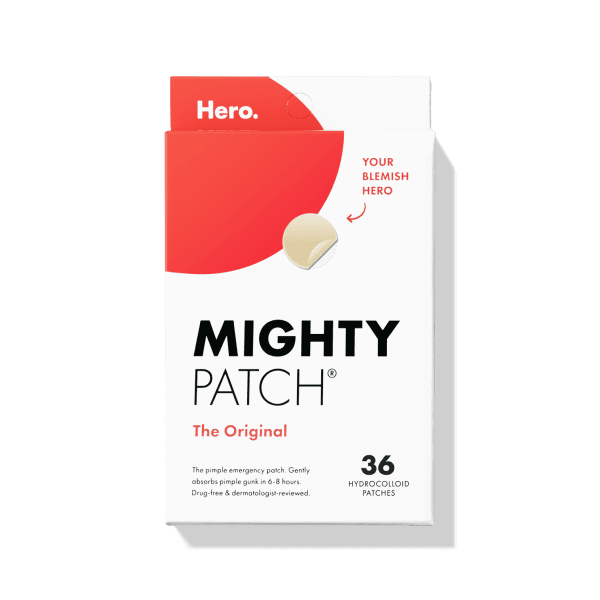
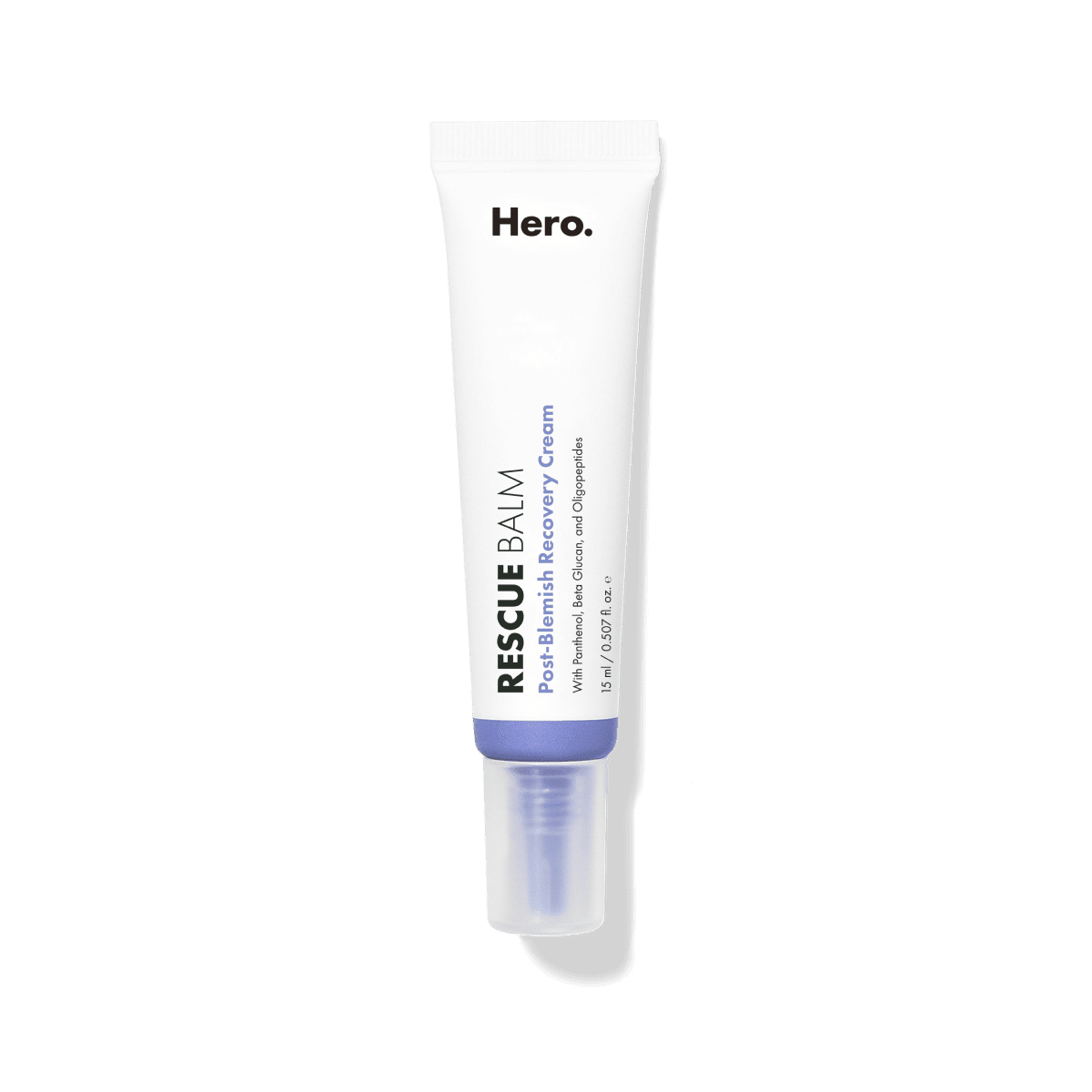
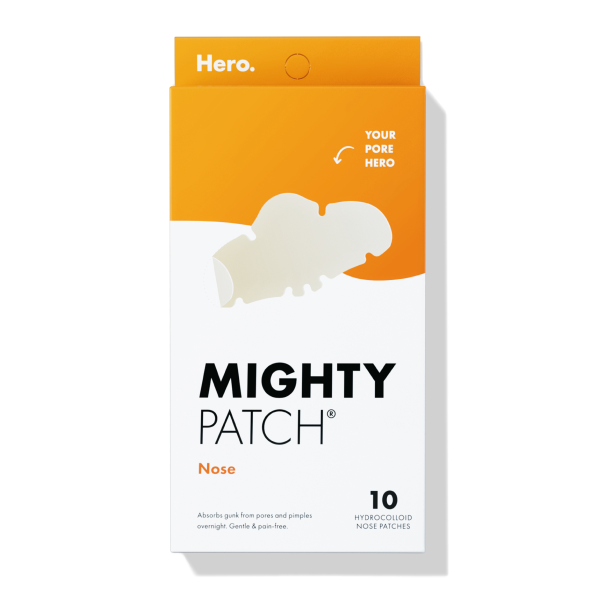
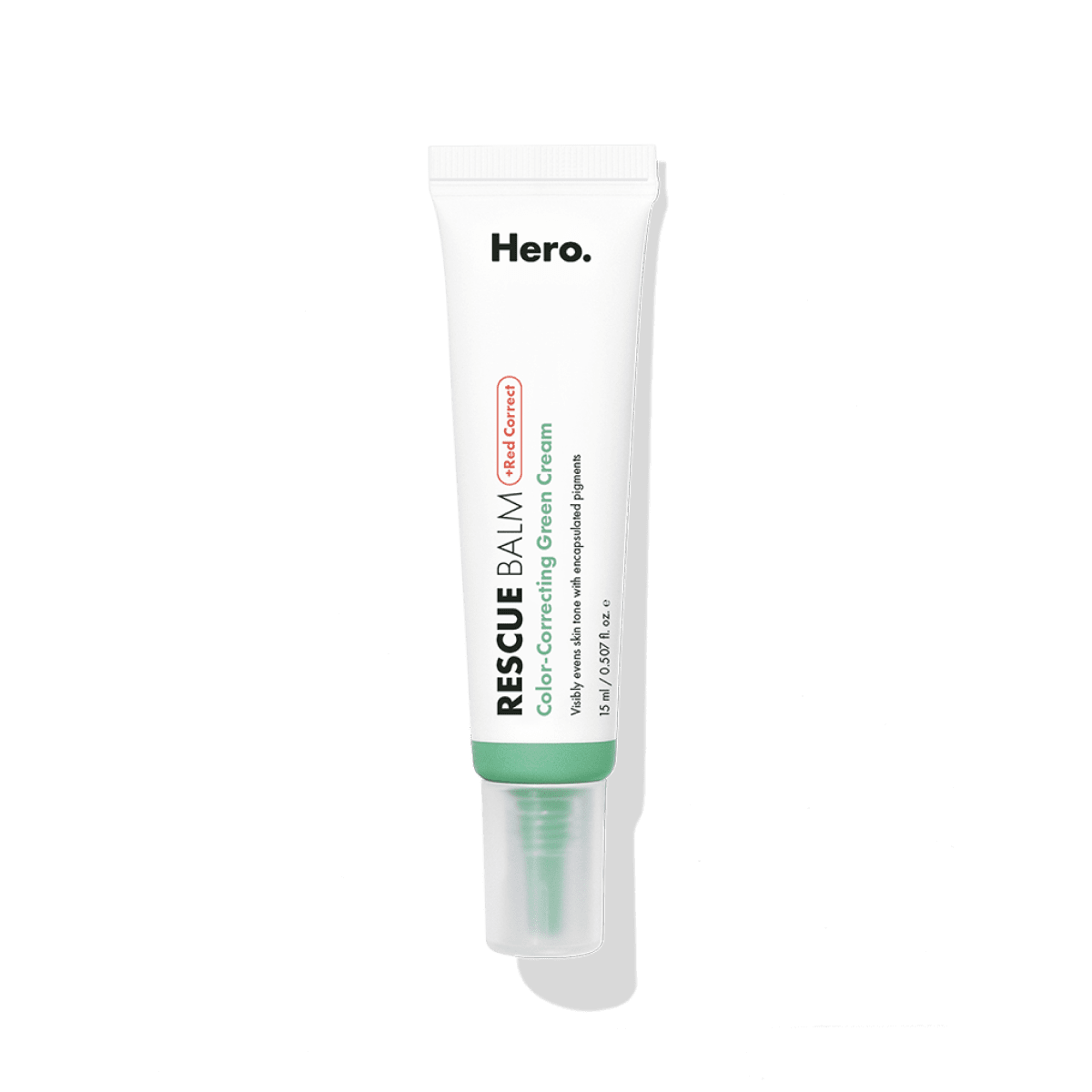
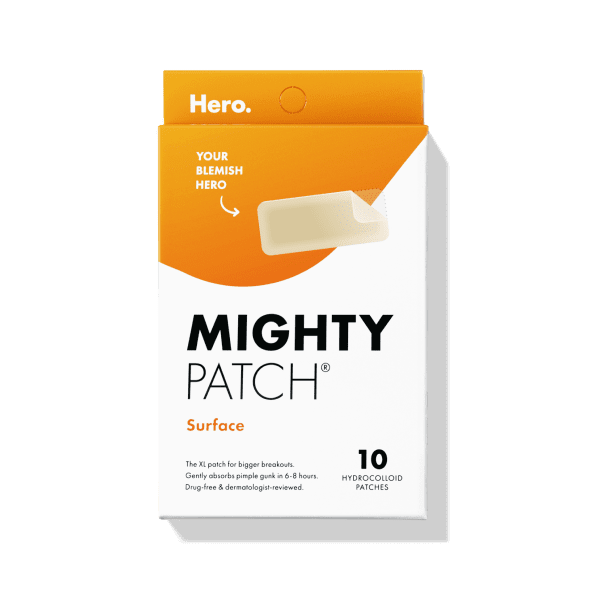
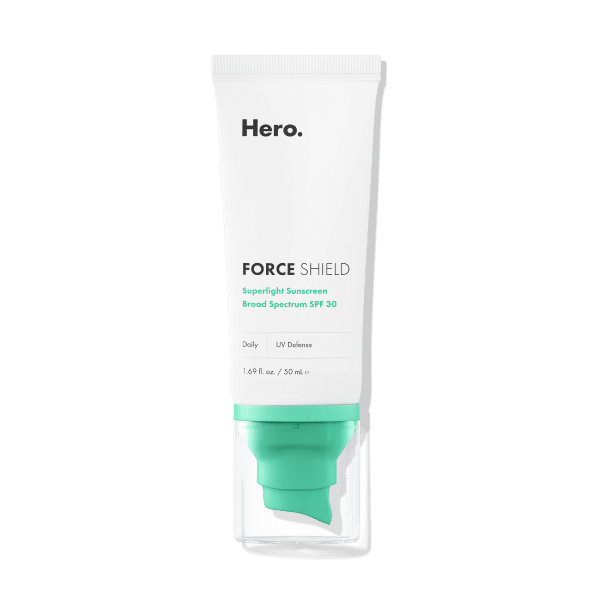
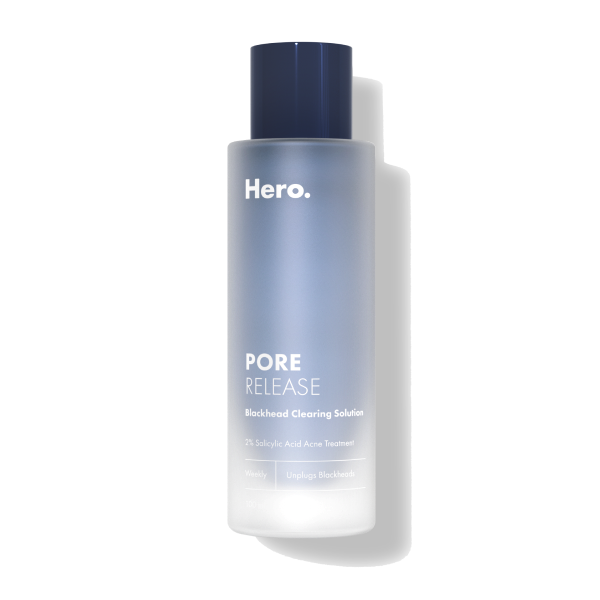
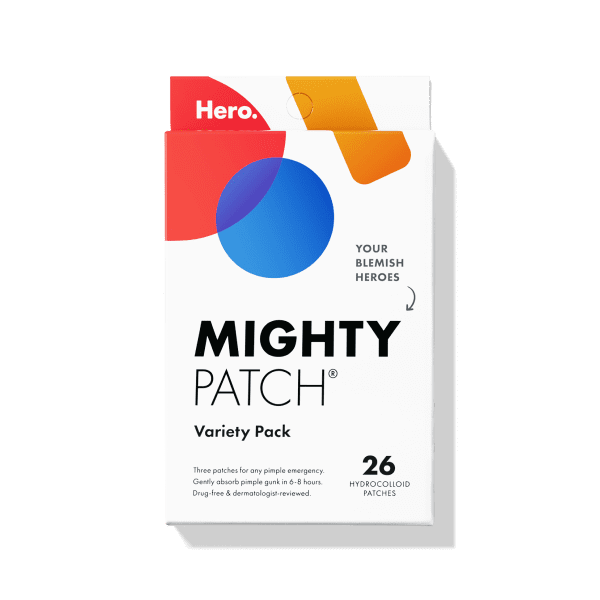
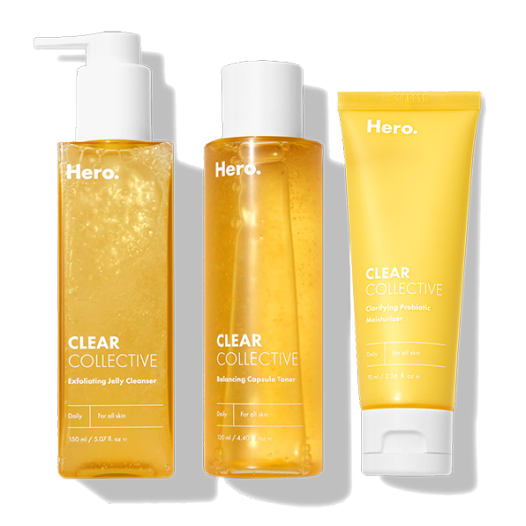
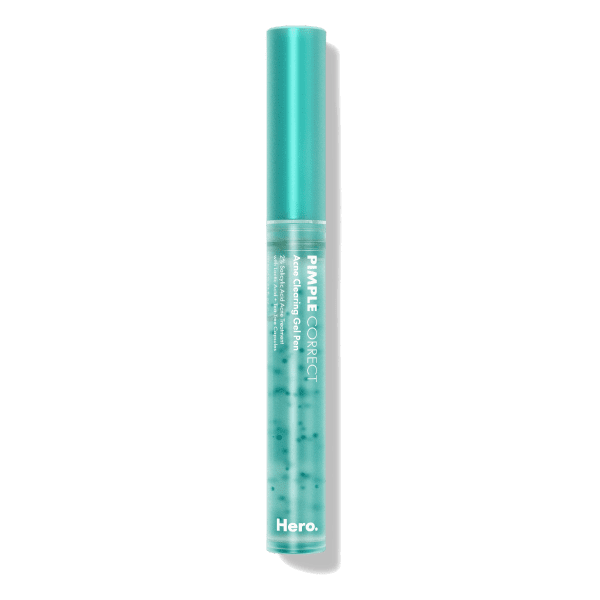
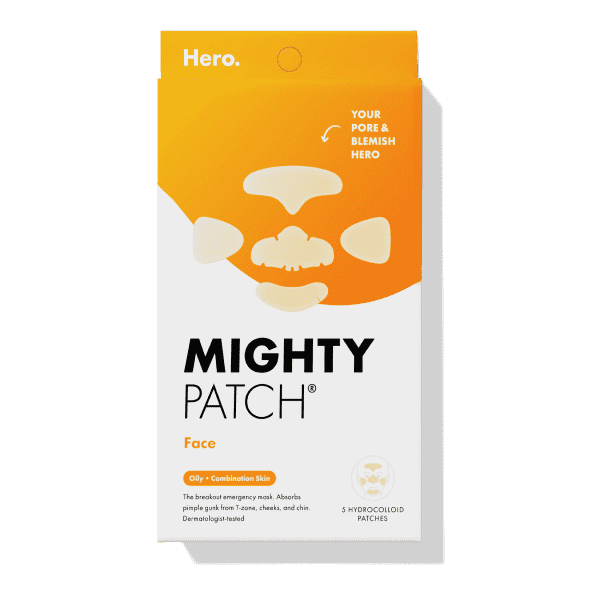
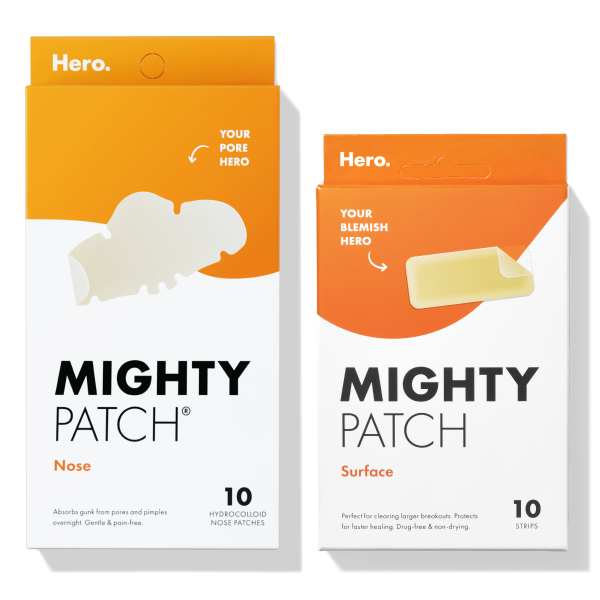
.png?v=1663017252122)
